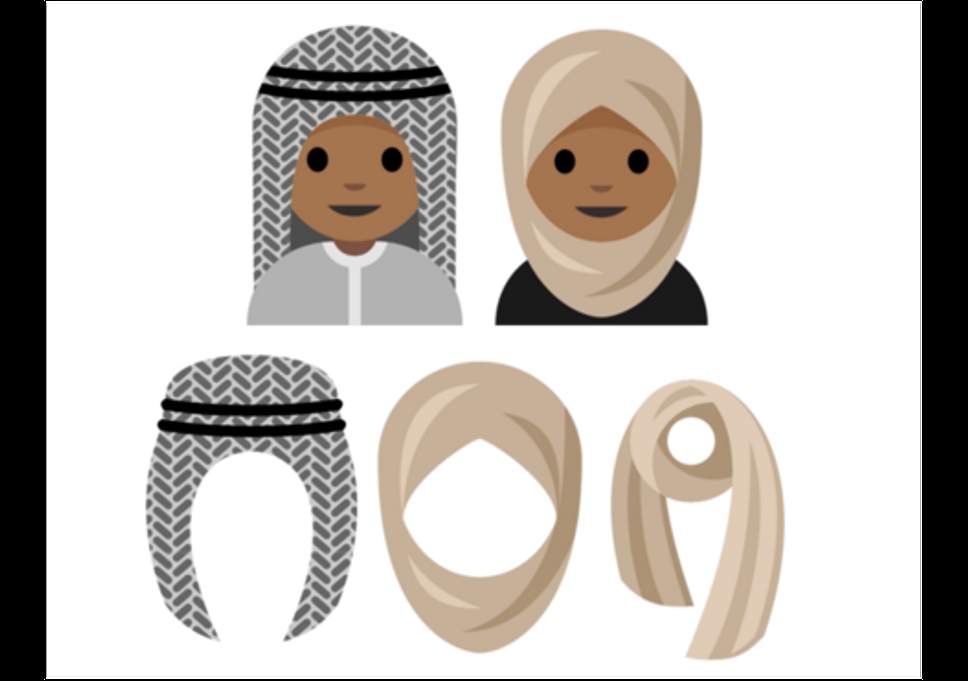World Emoji Day is July 17, a day to acknowledge the form of self-expression emojis have become in the rapidly evolving world of electronic communication.
A long time before the emoji inception, emails and texts were filled with smiley faces, hearts and other pictograms created by piecing together various keyboard symbols. Some of the older generations know smiley faces, for example, used to look less like today’s yellow-tinted circles.
In addition to technological advancements and the reign of Apple, a diverse array of emoji became available to the public.
Emoji began as circular, expressive faces without a race or gender and later evolved into images of Caucasian blonde women waving their arms and stereotypical heteronormative families of three. However, as the emoji repertoire continued to expand, discussions of societal inclusion and representation increased.
In 2015, Apple received massive backlash for an obvious blunder after the release of flesh-toned hand emoji, where defaults were Caucasian. The proposed solution to the issue was a yellow default for all skin-toned emoji, and a more diverse array of skin tones to choose from.
Apple’s move toward diversity was a no-brainer. How can there be emojis for pine trees, Santa Claus, pears and koalas, but no emoji to represent an African-American man or Latina woman?
Commentary regarding acceptance and progress within society continued, and Apple released various homosexual families in their array of family emoji in the same year.
The company also decided to keep the family emoji the same neutral yellow color as the others, most likely to avoid creating the many combinations of multiracial families and mixed-race or adopted children. Apple’s decision is understandable, after all, since racial differences do not determine family.
In 2017, Apple also added a “woman with hijab” emoji, as per request of Rayouf Alhumedhi, a Saudi teen who desired an emoji that looked similar to her and other Muslim women.

Apple’s modification of their emoji is as much a social stand as a reaction to different issues regarding social rights. By incorporating minorities and other groups often facing discrimination, Apple takes a stand with those who are underrepresented and provides them with acknowledgement and access to self-expression in a tumultuous political environment.
Currently, Apple is teasing even more emoji centered around inclusivity, such as redheads, people without hair, grey-haired individuals and those with curly or ethnic hair.
The new emoji are a massive step for those who have lost their hair to cancer or other diseases and desire to have access to an emoji reminding them they are beautiful and relevant, or even just those who choose not to let having hair define their femininity.
Red hair, grey hair, lack of hair and ethnic hair have all at one point or another been considered undesirable by society, particularly for females. In the past, red hair was often associated with witchcraft in medieval times and considered bad luck by sailors, and more recently, red hair was the center of teasing, many joking that gingers have no souls.
Countless products are marketed to eliminate grey hair in men and women, and being bald because of a disease, chemo or by choice was never considered feminine by Western or European society — many cultures identified a woman’s femininity and beauty by hair length.
Ethnic hair was unpopular in early America, and throughout the late 1900s, African American women straightened and treated their hair to resemble other types. Tools to straighten the hair of African Americans were developed as early as 1845 in France.
Thankfully, modern society is striving to undo these negative stereotypes. African American women are starting movements to embrace their natural hair, red hair is considered more desirable than unusual and women and men alike embrace baldness as a decision.
Progress has been made, and emoji representing diverse types of people — even down to the texture, color or presence of hair — is yet another positive step toward more representation.
Some will be put off by the constant additions made by Apple, perhaps suggesting this level of inclusivity is unnecessary, or too sensitive. But how are the changes anything but positive?
Humanity is beautiful because of each person’s own variations. If every addition makes even one more red-headed little boy or curly-haired girl feel more acknowledged, then why not?
Even something as playful and fun as an emoji has power in society to shape or correct perceptions of “normal,” and there is certainly nothing wrong with that.

















